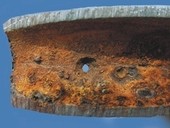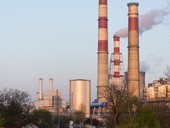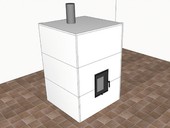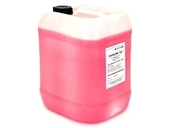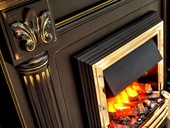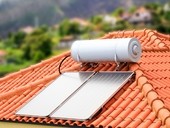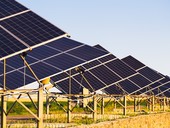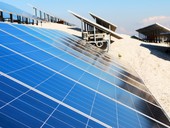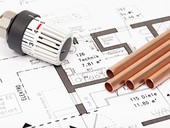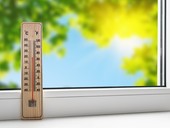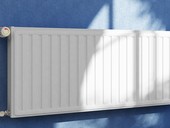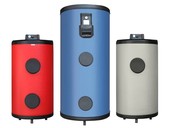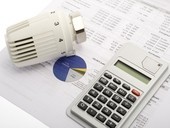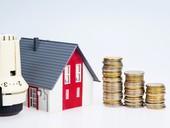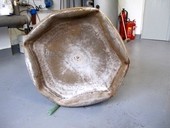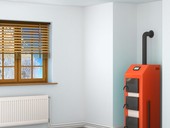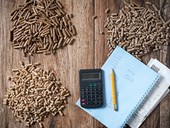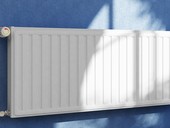The requirements for heating water quality are increasing with the increasing technical level of equipment from which the heating systems are assembled. Parameters of common water are therefore modified in various ways, altered to match as much as possible the desired ideal state. If these processes do not take place due to the material composition of the heating elements, damages occur. Even in a relatively short time since commissioning. The most common ways of changing water parameters are adding inhibitors, softening water and desalting water.
Newsletter
Přihlaste se k odběru newsletteru a my vám každý týden pošleme přehled toho nejlepšího z TZB-info!
více o newsletteru
